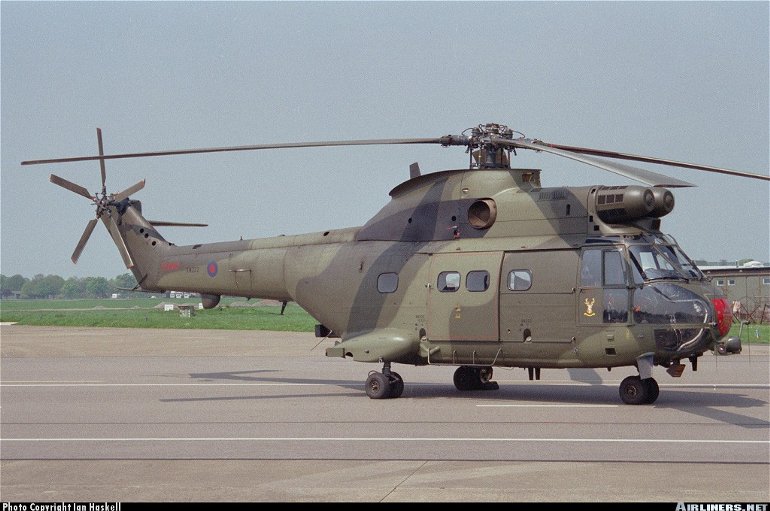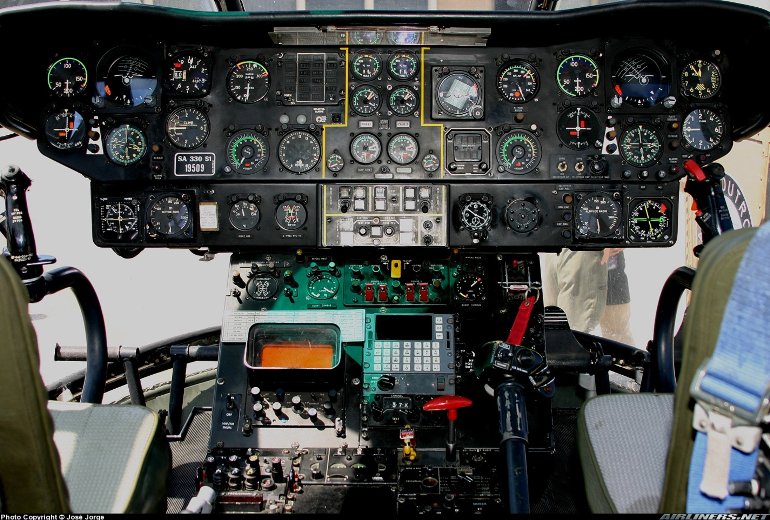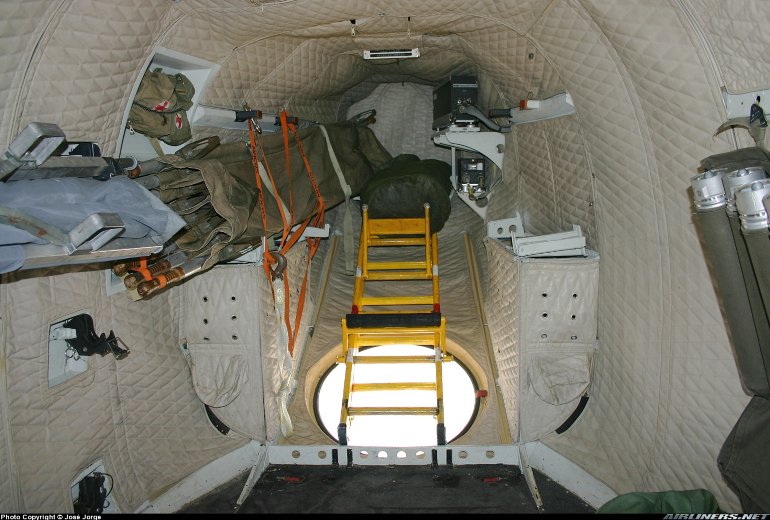Aircraft Technical Data
Aerospatiale SA-330 Puma



| Details | |
| Country of Origin | France |
| Type | Twin engine medium lift helicopter |
| History | The Aerospatiale (originally Sud) Puma is perhaps the most successful European built medium lift helicopter, and while most Pumas have been sold to military customers (largely for use as troop transports), a significant number are in commercial use. The Puma was first designed to meet a French army requirement for a medium lift helicopter capable of operating in all weather conditions. The first of two Sud SA-330 prototypes flew for the first time on April 15 1965, with the first production aircraft flying in September 1968. In January 1970 Sud was merged into Aerospatiale. A 1967 decision by Britain's Royal Air Force to order the Puma as its new tactical helicopter transport resulted in substantial Westland participation in the helicopter's design and construction. Early versions of the Puma were for military customers, including the SA-330B, C, E and H. The initial civil models were the Turmo IIIC powered SA-330F passenger and SA-330G freight versions, which became the first helicopters certificated for single pilot IFR operations in A and B conditions. The SA-330J is the definitive civil Puma, and compared to the earlier F and G has composite main rotors and an increased maximum takeoff weight. The weather radar equipped J also became the first helicopter certificated for all weather operations including flight in icing conditions, awarded in April 1978. IPTN of Indonesia assembled a small number of SA-330s before switching to the Super Puma. After Aerospatiale ceased production in 1987, the sole production source for the Puma became IAR (originally ICA) of Romania. The AS-332 Super Puma is a stretched development, and is described separately under Eurocopter. |
| Powerplants | SA-330J - Two 1175kW (1575shp) Turboméca Turmo IVC turboshafts driving a four blade main rotor and five blade tail rotor. SA-330G/F - Two 1070kW (1435shp) Turboméca Turmo IIIC4s. |
| Performance | SA-330J - Max speed 262km/h (141kt), max cruising speed at sea level 257km/h (139kt). Hovering ceiling in ground effect 7315ft. Initial rate of climb 1400ft/min. Max range with standard fuel 550km (297nm). |
| Weights | Empty 3766kg (8305lb), max takeoff 7500kg (16,535lb) with sling load, standard max takeoff weight 7400kg (16,315lb). |
| Dimensions | Rotor diameter 15.08m (49ft 6in), length overall 18.15m, fuselage length 14.06m (46ft 2in), height 5.14m (16ft 11in). Main rotor disc area 177.0m2 (1905sq ft). |
| Capacity | Crew of one or two pilots on flightdeck, plus jumpseat. Passenger configurations in main cabin range from 8, 10 or 12 seat executive layouts, or for 17 to 20 passengers in an airline arrangement. A 3200kg (7055lb) external sling load can be carried. |
| Production | 696 Pumas of different versions, including military, had been sold, when Aerospatiale production ceased in 1987. Westland assembled 48 SA-330Es as the Puma HC.Mk1. Limited production has continued in Romania by IAR, largely for that country's military. ICA and IAR have built over 160 as the IAR-330L. IPTN built 11 as the NSA-330J. |
| Related Links | Aerospatiale SA-330 Puma |
The backbone of this section is from the The International Directory of Civil Aircraft by Gerard Frawley and used with permission. To get your own copy of the book click here. |
|








